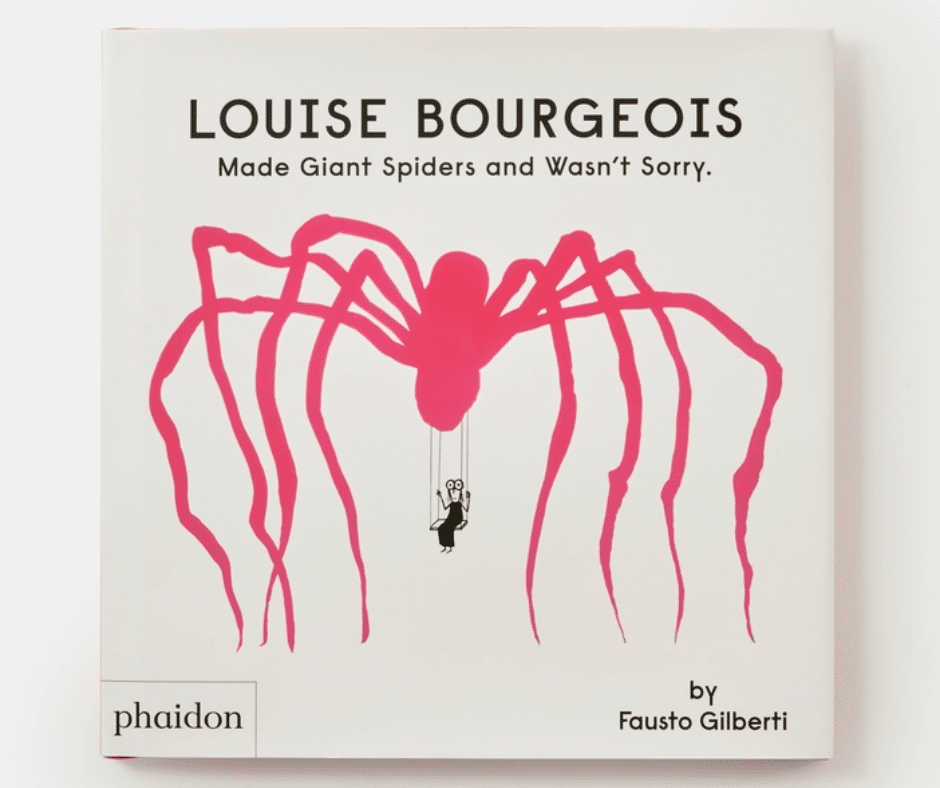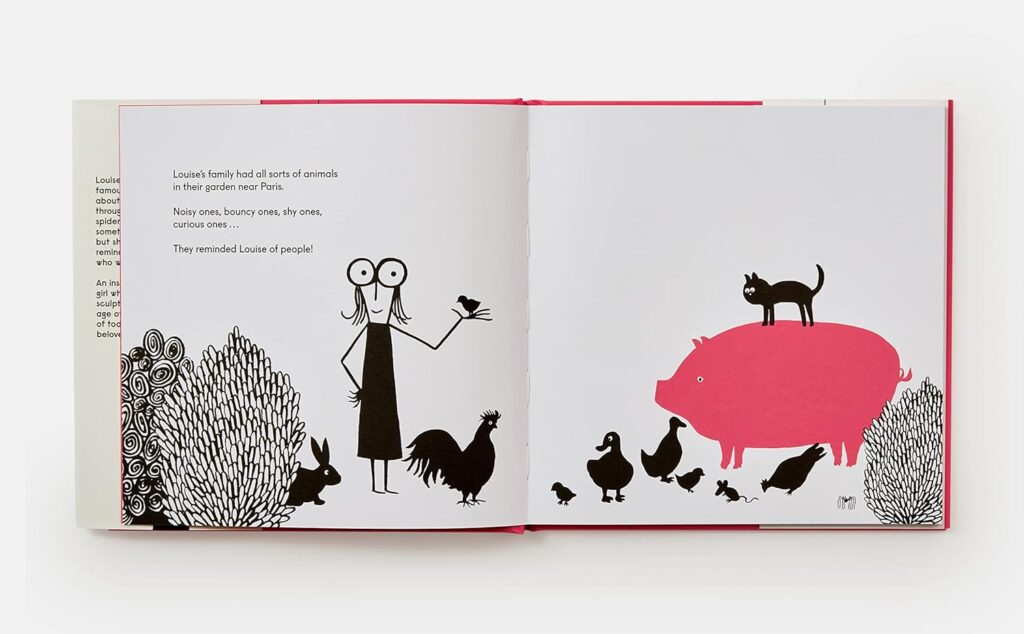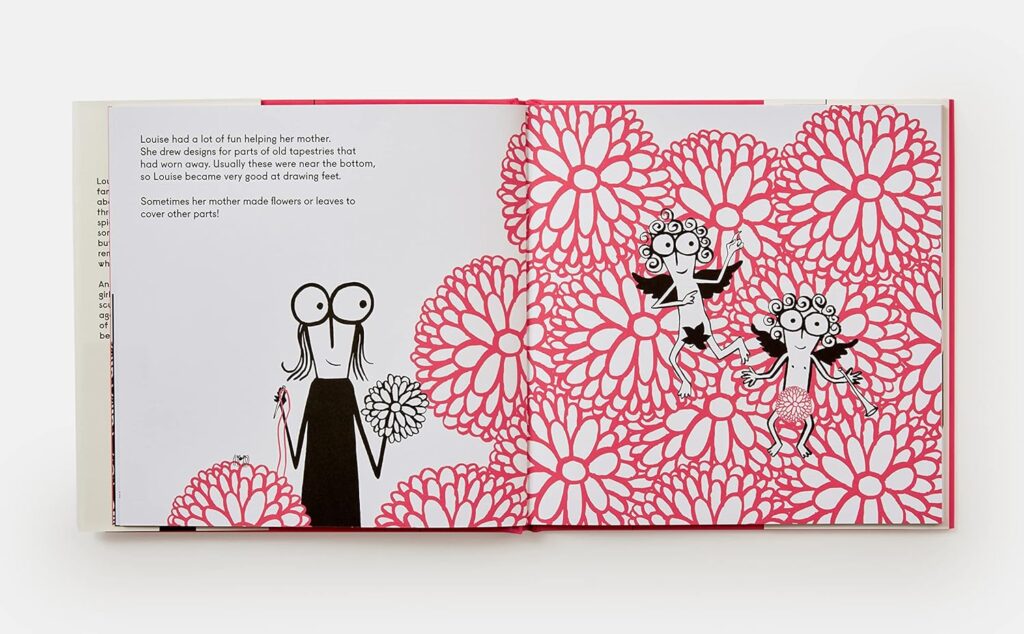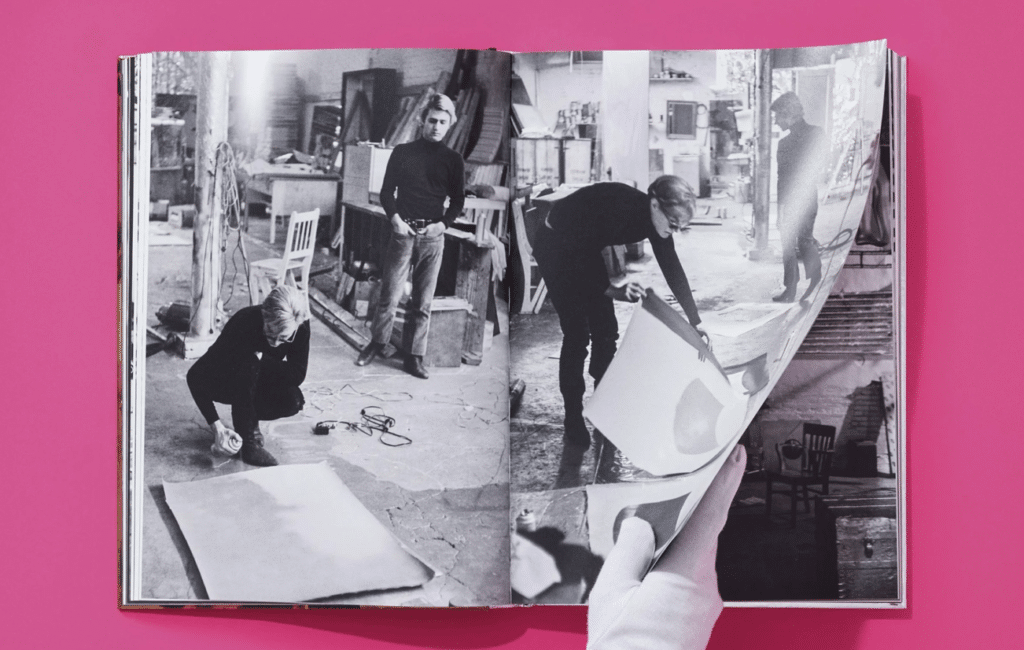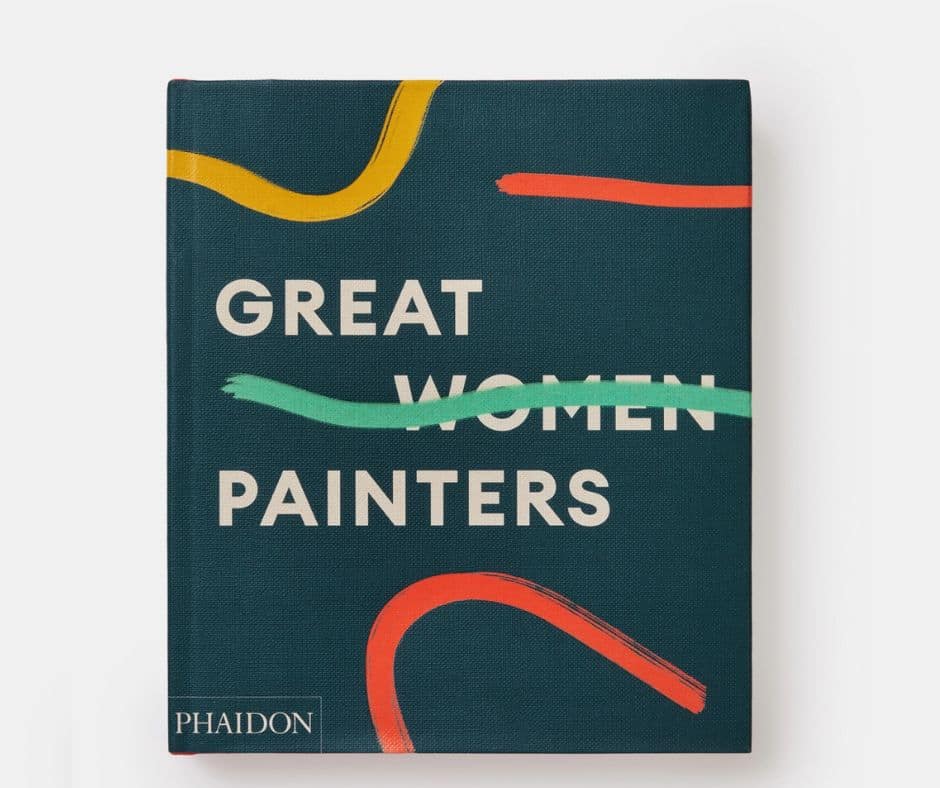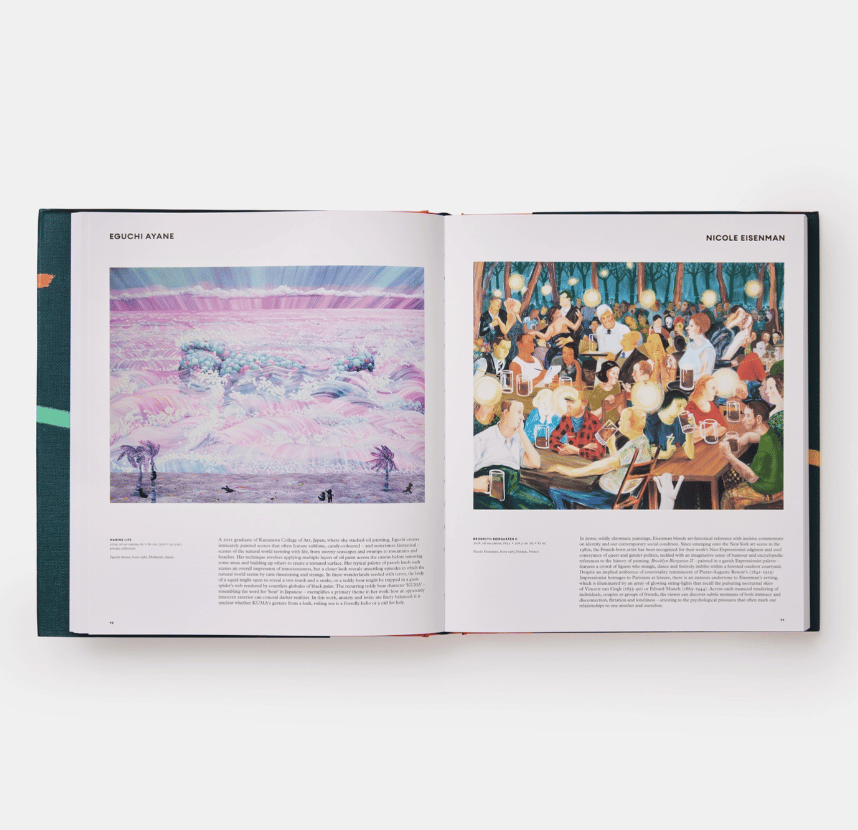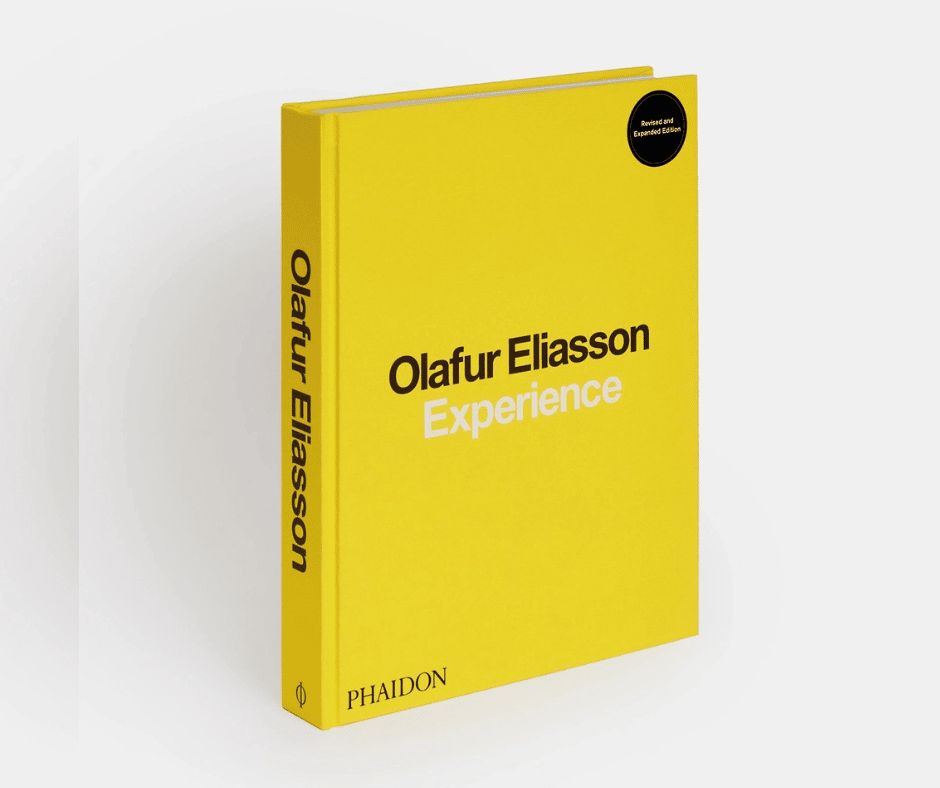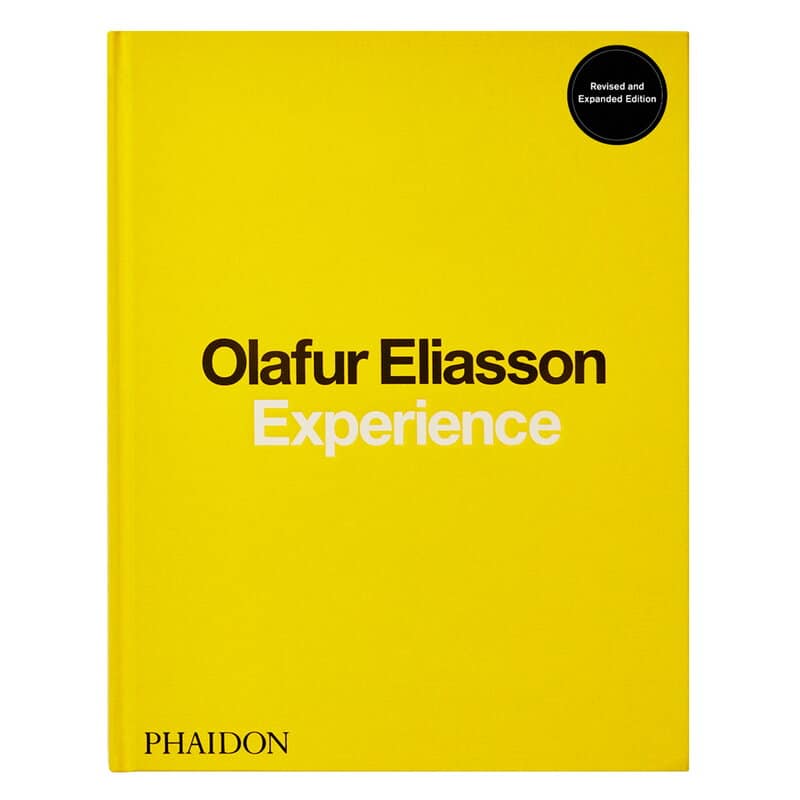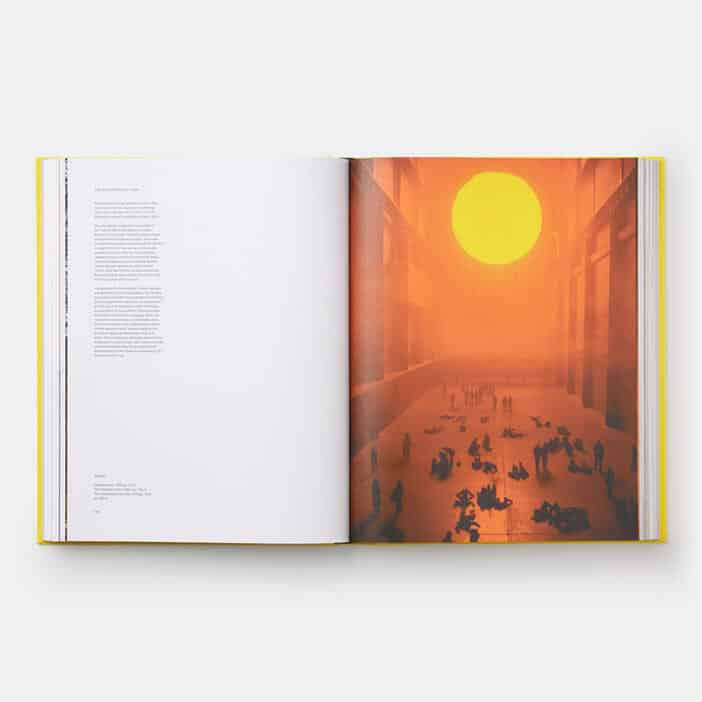Book Review: The Story of Art
Book Review: The Story of Art
The Story of Art by E.H. Gombrich is a classic in the field of art history. First published in 1950, it’s never been out of print and even won a place on Time’s list of the world’s top 100 non-fiction books. The standard edition is an impressive large-format tome, but since 2006 a cloth-bound, pocket-sized edition has been available.
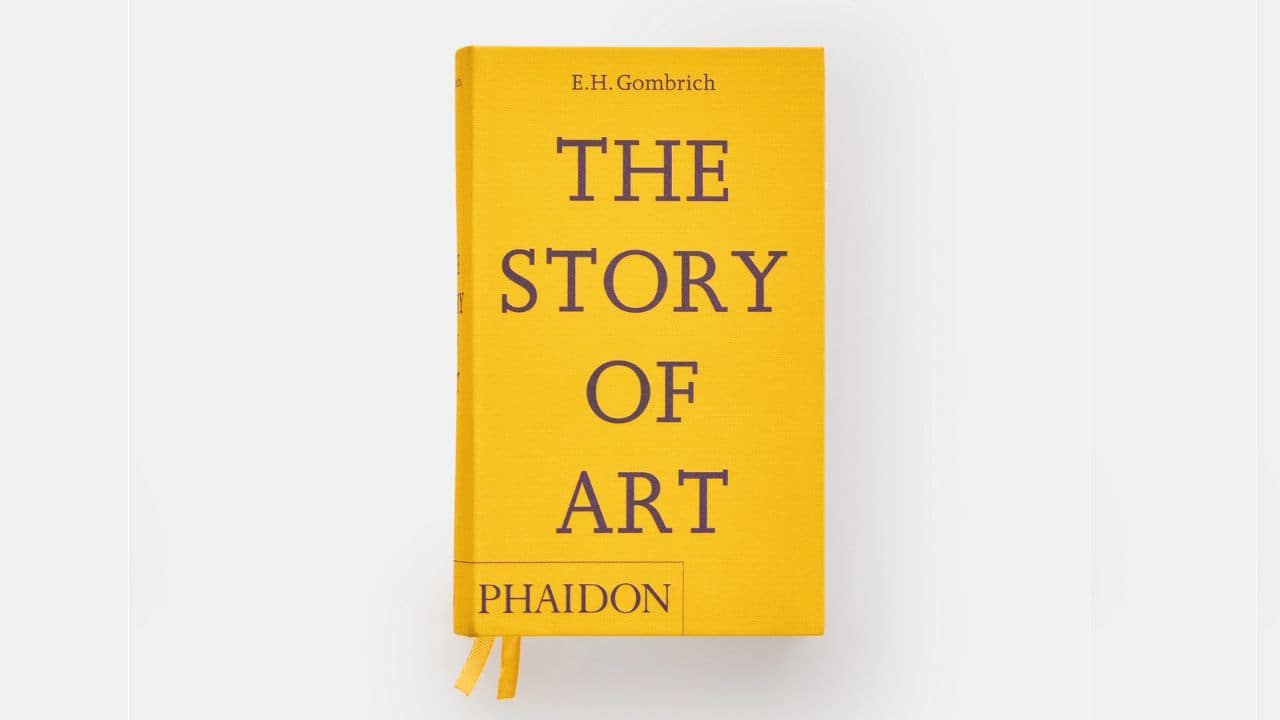
Buy now: The Story of Art | E.H. Gombrich | Phaidon
Opening its pages, the preface immediately suggests its enduring popularity. It faithfully includes seven prefaces from previous editions across the decades, providing a neat overview of the book’s history.
So what’s so good about The Story of Art? Gombrich promises to provide “orientation in a strange and fascinating field,” and the book’s strength is hinted in the title. Story. He turns the massive, messy timeline of art into a page-turning read. Originally written for younger audiences, this is a rollicking journey through the centuries, checking in on various civilizations along the way. Books like this can always be dipped in and out of, but it’s a genuine treat to read this completely, cover-to-cover. It takes you from the flickering cave paintings of 10,000 BC to the skyscrapers of New York City.
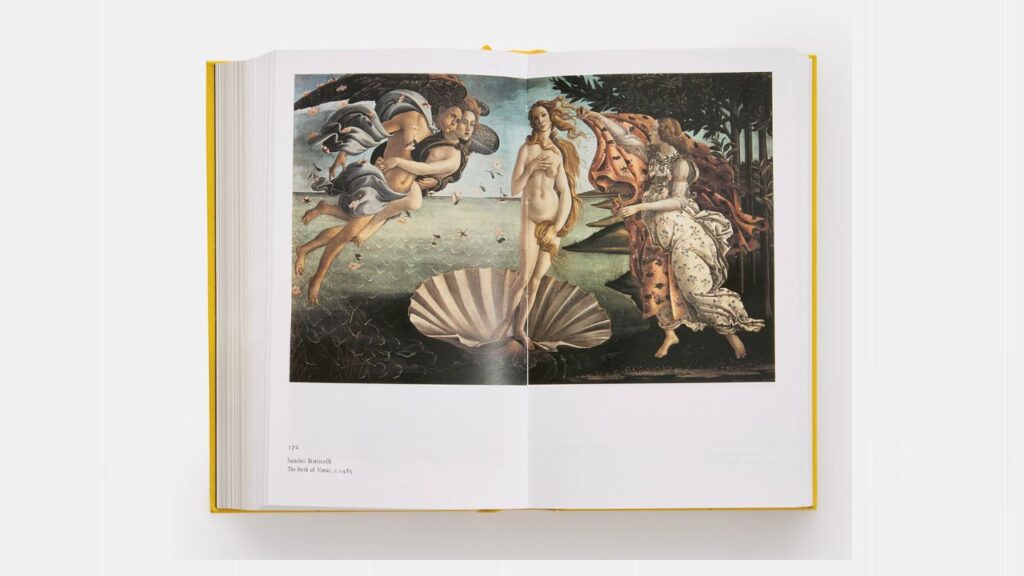
Buy now: The Story of Art | E.H. Gombrich | Phaidon
There are hundreds of artworks mentioned throughout, each one introduced in detail and with infectious enthusiasm. Photographs accompany the descriptions, like lecture slides supporting the material.
The book comes with a “two-ribbon system.” As you read through the chapters, you use the ribbons to keep your place as you flick back-and-forth to the picture section. It’s an alternative way to engage with a book, and you adapt to the flow of it quickly. It sometimes leads to pleasing surprises. You read about the demon-mask of an Inuit tribe, but turning the page to see it gives a chilling effect. Some paintings and sculptures are especially beautiful, so seeing them after reading about them is a pleasing surprise.
Gombrich doesn’t present art history as a process of improvements, where primitive art is lesser than Renaissance masterpieces. Rather, he presents each era and period as its own thing, worthy in its own right, created with different motivations and cultural contexts, each one full of unique masterpieces.
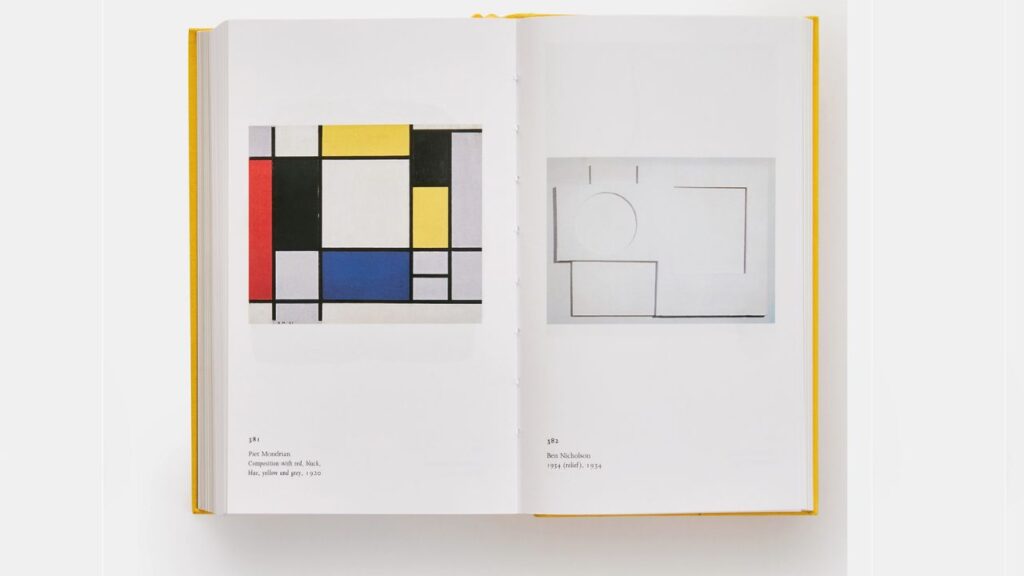
Buy now: The Story of Art | E.H. Gombrich | Phaidon
What also comes across is the disappearance of art. More artworks have been lost throughout history than retained. Missing tribal artefacts, melted bronze sculptures from eras where metal was a scarcity, artworks destroyed due to blasphemy and war crimes. The destructive hand of censorship is a saddening constant in The Story of Art, and we are invited to appreciate what has survived.
Every reader will get something different from this. The author wishes to show how artists of any age can enrich our lives: “If we follow them and learn from them, even a glance out of our own window may become a thrilling adventure.”
While the standard version of The Story of Art works well as a coffee table book or perhaps a library-read, this pocket edition allows you to bring this towering work with you. For the convenience alone, we’d give it a high recommendation indeed.

Latest Exhibitions
Harry Clarke’s – Stained Glass
Staying with the Trouble
More News
Book Review: The Story of Art Read More »
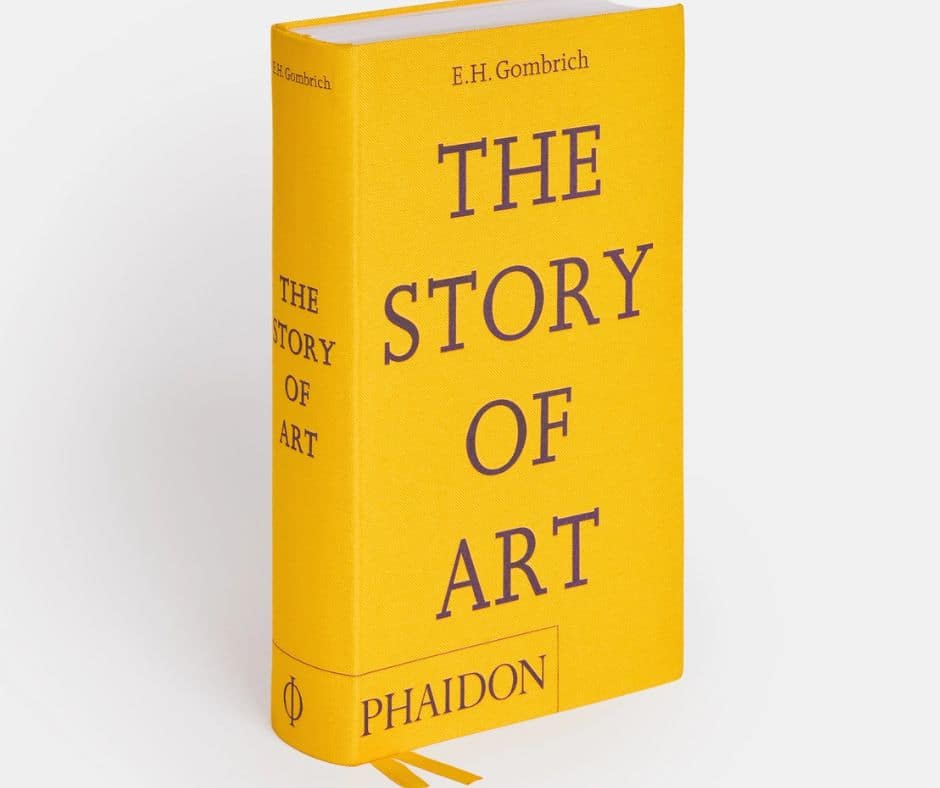
























![Conversation with Maser: “I found graffiti definitely was the vehicle for me to be able to really explore what I wanted to do, meet similar peers that had the same sort of mindset as me […]”](https://dublinartlife.com/wp-content/uploads/2022/09/DAL-Interview-4-391x260.png)







